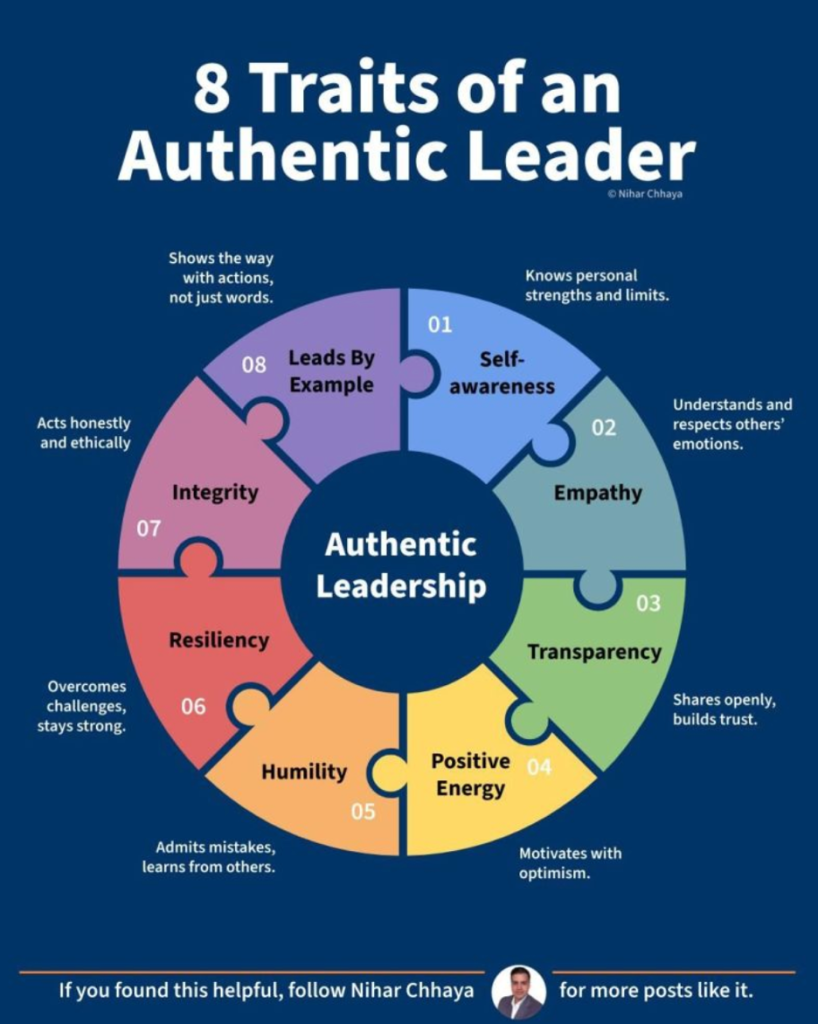Wrangling dysfunctional SLTs
As you may climb the murky world of management (whatever that means) you can often find yourself within an SLT. For the uninitiated the SLT or ‘Senior Leadership team’ are commonly responsible for ensuring a business is aligned with its goals & missions. You’ve probably met a few in your career. Often in meeting rooms doing a lot of talking, looking grumpy & slamming doors with you being subsequently at the mercy of any decision making. Yep, those.
The idea being this group of (hopefully experienced & battle-weary folk who bring years of lessons learnt – why they are SLT in the first place) nudge & help steer the business in question from hitting too many ice bergs. A check re-assess, & sail again type approach to ensure the right things are done at the right time for the benefit of all whilst all the time keeping the long term goals & vision in mind.
I mean, SLT’s often do much more than this but for the sake of this blog post, I’ll leave it there.
So now you know what an SLT does, how do you end up in one?
Whilst not my first rodeo, I’ve held head positions a few times now in what could be described as SLT, being still familiar with being ‘on the tools’ but crossing into ‘looking from above & advising’ can be challenging. If you’re a do’er, you can find the notion of being part of an SLT challenging because of this. I do. I’m still learning.
As an IT professional over the years I’ve honed a playbook of the right ‘things to do’ no matter the business no matter the project. The right cloud solution, the least offensive way to provide IT support, quick set up of an enabling team for a client, set up of scrum pods, deliver Agile etc etc. It all comes from decades of experience, no matter any change in the landscape or business environment, the broad approach consistently works. It’s my thing. I’m known for it. I can do it quick.
So I’m passionate about this because I know it works. I have the empirical data. It’s not to say I’m closed to other solutions, but why not use the way I’ve learnt over time if its proven, cost effective & efficient? Heck I even set up the foundersfounder.com to help other business founders built out quick effective & scalable IT from the get-go without making all the mistakes start-ups often make. (more on this later).

But being in an SLT is an exercise in on-stage management. You compete, jostle & jockey for airtime. You want & need to be both intelligently (but politely) challenged, to get to the most robust solution possible for the benefit of the business. I like that, I enjoy that. Often however, SLT’s have their own foibles & problems just like any other group of folk or ‘family’ – it’s important to be mindful of that when you engage. Examples include;
- Peacocking – especially from men – ‘hey look, I worked at xyz for twenty-five years, therefore my opinion must be right, right?’ Subsequently steam-rollering anyone else
- Politicking – ‘don’t listen to them’ or ‘I’m not sure why they are here’ or ‘well I had a chat with the founder yesterday so I’m closer to this than anyone’ etc
- Being a bad citizen – This term deserves its own blog post but broadly, you akin team playing as you would being a good citizen. You take out the trash, you pay your bills, you give to charity, you do the right thing etc, so it makes sense to carry those behaviours into your teams you work with – being a good citizen. The opposite can often be true in SLTs.
There are some things I’ve seen consistently in terms of behaaivour with SLT’s which include;
Scattered priorities
I’m often staggered how SLT’s spend their time together in meetings. Talking over one another, letting conversations vear into tangents, disrespecting time & bike-shedding. A term I’ve stolen from a colleague and Architect buddy of mine Nick Lee. This in short is about focusing too much on the minutiae (the colour of the bike shed) rather than the broader important strategy (how many bikes, where will it be located etc).
Pocket Veto’ing
One of the start-ups I worked for had an SLT within an SLT. Even though the whole group should have been responsible for collective decision making, the actuality was a small splinter cell of three who’d all worked together for decades previously really drove the decisions. It ostracised the rest of the SLT & they weaponised things like peacocking & politicking to ensure their voices were the ones heard the most.
Effective leadership teams have clearly defined charters & I’ve worked on a couple of public sector teams where this charter was co-authored & put in place, it really helped with demarcation of who does what & sets everyone to a set of rules & behaviours to stick to.
‘ You cannot create a real team by convening a set of people & calling them a team’
Unproductive Conflict
When an SLT falls into chaos, the rest of the organisation can often follow. Things such as speaking negatively behind people’s backs, pocket vetoing decisions after they are made, withholding honest perspectives. It’s one of the reasons why a good charter can help SLT’s set standards to ensure they not only behave properly, but set the gold standard for others to follow. SLTs often author vision mission & goals for the business, why not for themselves?
If I were to record some of the SLT meetings I’d been in, you’d be frightened at the behaviour!
Positive steps for you & the SLT
There are things you can do (& I’m learning) to cope with things like the above. For me, its firstly being clear & consistent in everything you do. Set good examples, & don’t bend to the will of the group. Try & stay away from being brought down into the chaos.
Healthy living
As my trajectory upwards in my career brings with-it ever-increasing amounts of cognitive stress, looking after myself has never been more important. I notice I’m often coaxed & encouraged to go to the pub, or looked at bemusingly because I’m eating healthily rather than smashing a motorway Ginsters whilst on a conference call (been there done that), but I’d rather be mentally prepared for a meeting rather than coming in off the back of a two hour punch up, six coffee’s deep and five cigerettes. Sorry not sorry.
Don’t forget your roots
My secret weapon & it should be yours too. If you’re going to advise on stuff, it helps if you do that stuff regularly. Not from twenty years ago, still applying that to today’s modern problems. So I’ve always been a keen advocate of whatever I’m talking about, if I’m advising, I’ve done it (more than once) fucked it up (more than once) & know my way around it. Whether its software engineering, installing printers or configuring a Virtual network. Whatever, just make sure you keep your eye in & on the tools. I see so many SLT members leveraging too much of their historic experience without being able to do the thing they are advising on. Doesn’t make sense to me.
Don’t take it personal.
I often have a tendency of taking everything personal. As the diva sensitive (and rather fabulous) soul that I am I think everything revolves around me. In all seriousness, try & understand other people & where they could be coming from. Learning their perspective & thinking about it really helps me to not take it so personal.
Have some solid good citizen traits.
I often talk about being a good citizen. Especially when building, leading & taking part in teams. The notion of being a good citizen is to borrow from what you do (hopefully) in life & bring that into the workplace. i.e. you pay your bills on time, you take out the rubbish (or ‘trash’ if you’re American) you donate to charity, you help the kids with their schoolwork. You bring this foundational behaviour into your teamwork at work. Its staggering how many people are a **** cunt at work (sorry did I forget to mask that :0) yet wouldn’t dream of treating their partner, children or siblings like it.
Although the graphic below talks about leadership, I posit you should carry all of these characteristics all the time.
Get some chaperoning in
Sometimes you can’t see your own behaviour & need an outsider to provide feedback. Cultural & leadership coaching can be excellent if you can find a good company/consultant to provide it, it depersonalises feedback & helps hold a mirror up which sometimes, we all need.
Improving the performance of a senior leadership team can be challenging, yet extremely gratifying. Some teams find that they cannot address their problems without the assistance of a coach. A good coach – whether it’s the CEO, a team leader, a team member or an outsider – helps team members recognize behaviors that enhance or hinder teamwork. The coach ensures that team members stay on task, avoid inflammatory language during discussions and respect boundaries.
In fact, coaching can improve even the most self-sufficient team. Almost every team develops a self-correcting capability, and sometimes team members emerge as the most qualified leaders. The wise CEO (and coach) nurtures and takes advantage of the situation by developing their talent.
In Summary
In my opinion, to first tackle any problem you need to as a group understand a) there is a problem & b) be able to articulate it. Honest transparent & brutal would be the key characteristics I layer in & build a charter around those to keep everyone honest & on the same page.
Spend a couple of days together as a group & write out the individual & group needs along with the responsibilities each person has. Talk about how each person can enable the other to achieve those things.
Agree on collective behaviour & character traits you will all outwardly demonstrate & those you will not, as a group & hold each other accountable every time one of you slip. It’s easier to point to a previously agreed charter rather than call someone a *****





